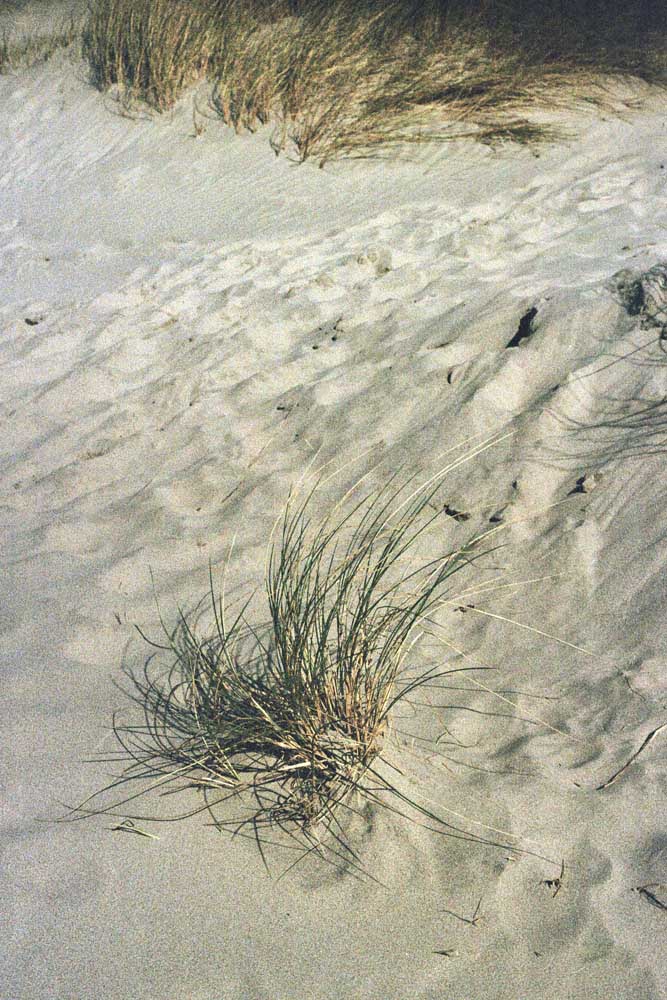How invasive grasses shaped coastal dunes
Published 9:00 am Wednesday, May 4, 2022

- Invasive European beachgrass is a dune fixture along the Oregon Coast.
When coastal residents, prompted by the U.S. Department of Agriculture among other agencies, began nearly a century ago to plant dense clusters of beach grass near encroaching dunes, many saw an opportunity to preserve the structure of the seascape.
Blowing sands threatened to reshape the land, just as they always had, only this time burying new stretches of settlement.
To stabilize the dunes, grasses were brought in from beaches in north Africa and Western Europe, introduced to Oregon and California with the potential to spread quickly by the coast’s strong winds.
These invasive grasses, now familiar carpets that separate land from sea, have certainly worked to slow the advancing dunes. By trapping sand from blowing inland, the grasses cause higher stacks of sand to form nearer to the sea.
But this altered landscape, however familiar, has sharply changed the open sands from their previous form. Many native grasses and other plant species have been fully replaced by the European grass, a change that has also brought habitat challenges for other coast residents like the snowy plover.
Last summer, researchers at Oregon State University discovered that two widespread coastal grasses have combined to form a new hybrid species, one that could bring new challenges to the shore.
In response, volunteers have continued to make attempts to remove the grasses. But their roots often remain, lodged underneath layers of sand, a new landscape calling to adapt.




